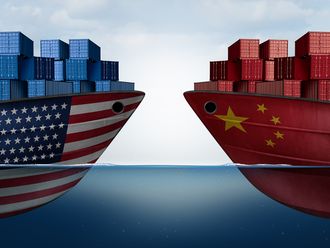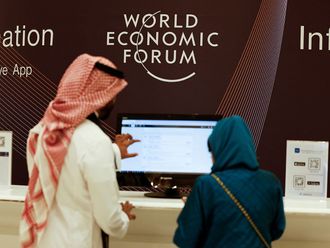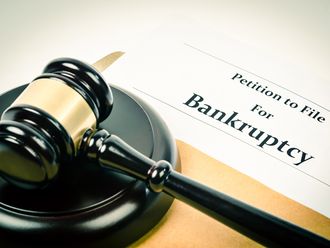Only a few weeks ago, the foreign exchange market was becalmed. With central bank stimulus keeping volatility at record lows for much of the year, volumes in the spot market had slumped, traders were twiddling their thumbs and currency managers struggling to justify their existence.
Meanwhile, many hedge funds - stung at the start of 2014 by a market in which almost all the consensus trades proved mistaken - stayed on the sidelines. But now the fortunes of major economies are diverging and a long-awaited rally in the dollar is shaking the market back to life.
Since the start of July, the greenback has gained 5.5 per cent against the euro, as European Central Bank easing finally curbs the strength of the single currency. It has climbed 5 per cent to a six-year high against the yen; and gained 5.5 per cent against sterling as doubts grow over the timing of UK rate rises and the campaign for Scottish independence gains traction.
“Distressing to some but welcomed by others, volatility is back - at least in FX,” writes John Normand, strategist at JPMorgan, whose global index of implied currency volatility has risen from lows of around 5 per cent in July to 7.5 per cent.
This remains well below historical averages - and has not yet been matched by similar moves in the equity and bond markets. But it has sparked a modest recovery in foreign exchange trading volumes and in participation.
“Until the last week or so, even the hedge fund community was not leveraged... because the same hedge funds had been burnt so many times,” says Stephen Jen, head of the hedge fund SLJMacro. But now, exchange rates are starting to respond in more familiar ways to economic data and policy signals and fund managers are gradually adding to positions. “It is the first time this year that things make sense,” Jen says.
Marc Chandler, strategist at Brown Brothers Harriman, said: “So far the turn is still preliminary and very shallow... but for the first time in a long while we have a trending market. A lot of people like myself have been really waiting for this.”
Volatility is less welcome to companies, who face higher hedging costs, and usually to policymakers. But officials have recently expressed concern at the degree to which financial markets might be underpricing risk. Forex volatility had slumped far below the level justified by the global business cycle, Normand argues - judging the misalignment to be larger than that of 2007, before the global crisis broke.
One trigger for the latest rise in the dollar was a paper published by the San Francisco Federal Reserve, noting that markets appear to expect US rates to rise more slowly than the Fed’s forecasts indicate - and to “underappreciate the extent to which short-term interest rates may vary with future news about the economy”.
This has fuelled speculation that the Fed might qualify its guidance on future interest rates when policymakers meet. If it does signal the approach of tighter monetary policy, it will reinforce the dollar’s rise and further stoke volatility - especially against the emerging markets currencies most sensitive to US rates.
But some analysts say there is little evidence as yet that the swings in exchange rates reflect any meaningful repricing of US rate expectations. They can be explained rather by economic weakness elsewhere - in the Eurozone and Japan - or by the sudden emergence of risks surrounding Scotland’s independence referendum.
There are signs, however, that investors are growing more sensitive to geopolitical risks that were all but ignored earlier in the year. The summer’s swing in the euro-dollar exchange rate was primarily driven by ECB easing, but it was accentuated by concerns over Ukraine that made the dollar a natural haven.
Matthew Cobon, a fixed income and currency manager at Threadneedle, thinks the Scottish referendum - which appeared late on investors’ radar but then triggered one of the biggest swings in years in sterling implied volatility - might prove a catalyst for a broader repricing of political risks across Europe.
Moreover, volatility in FX can be self-sustaining, as swings in exchange rates trigger hedging strategies. One important dynamic could be the unwinding of carry trades built up over the past six months, especially in emerging markets currencies. These are already threatened by the pick-up in volatility and will rapidly lose their appeal if US rate expectations are on the rise.
Simon Derrick, strategist at Bank of New York Mellon, thinks this unwinding is already under way. “We were at such extremes in the forex market that it only took a small move to start making those trades unprofitable,” he says. “There’s no easy carry left.”
— Financial Times












